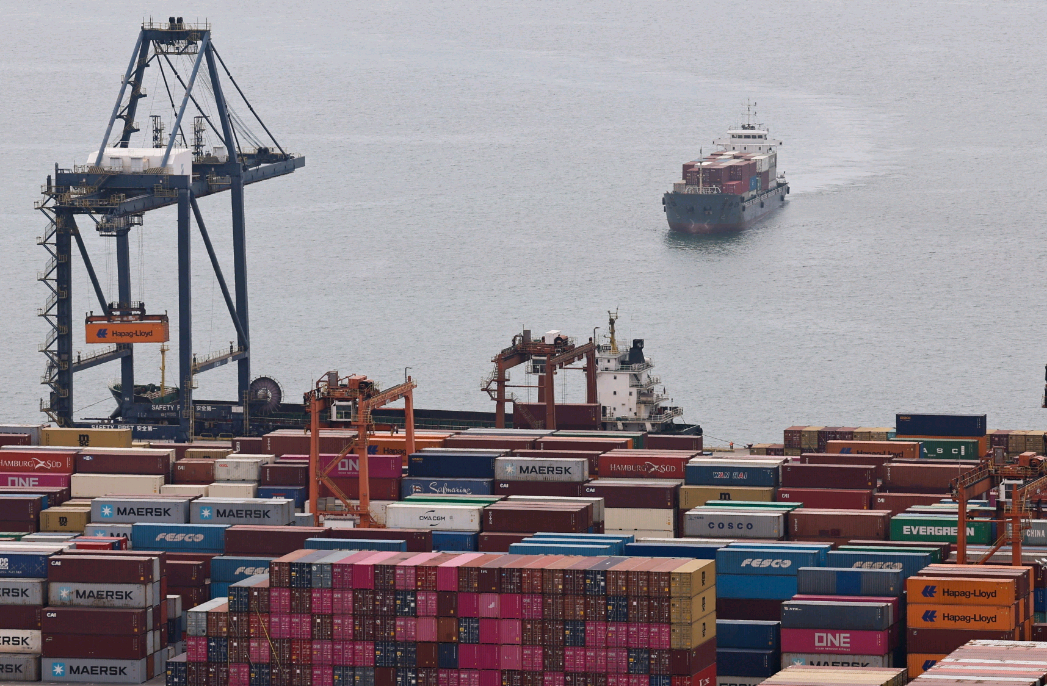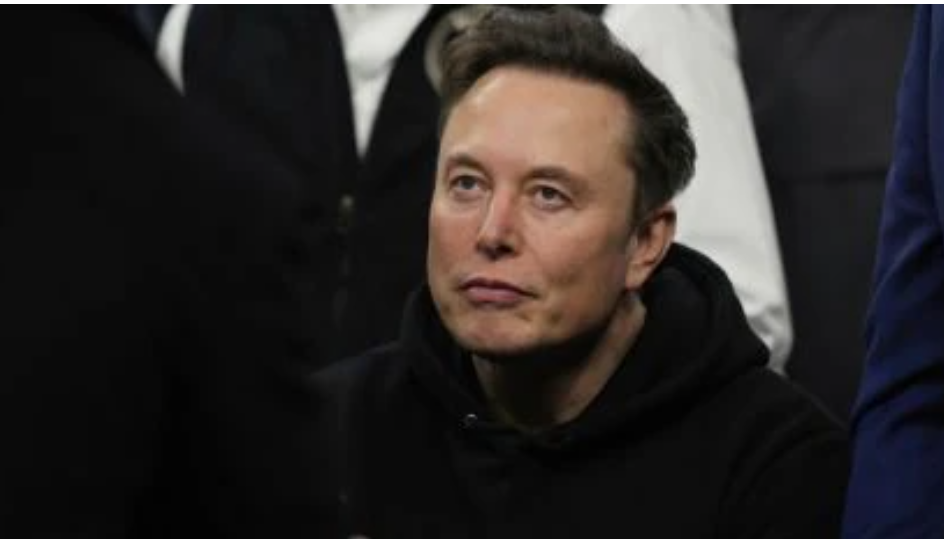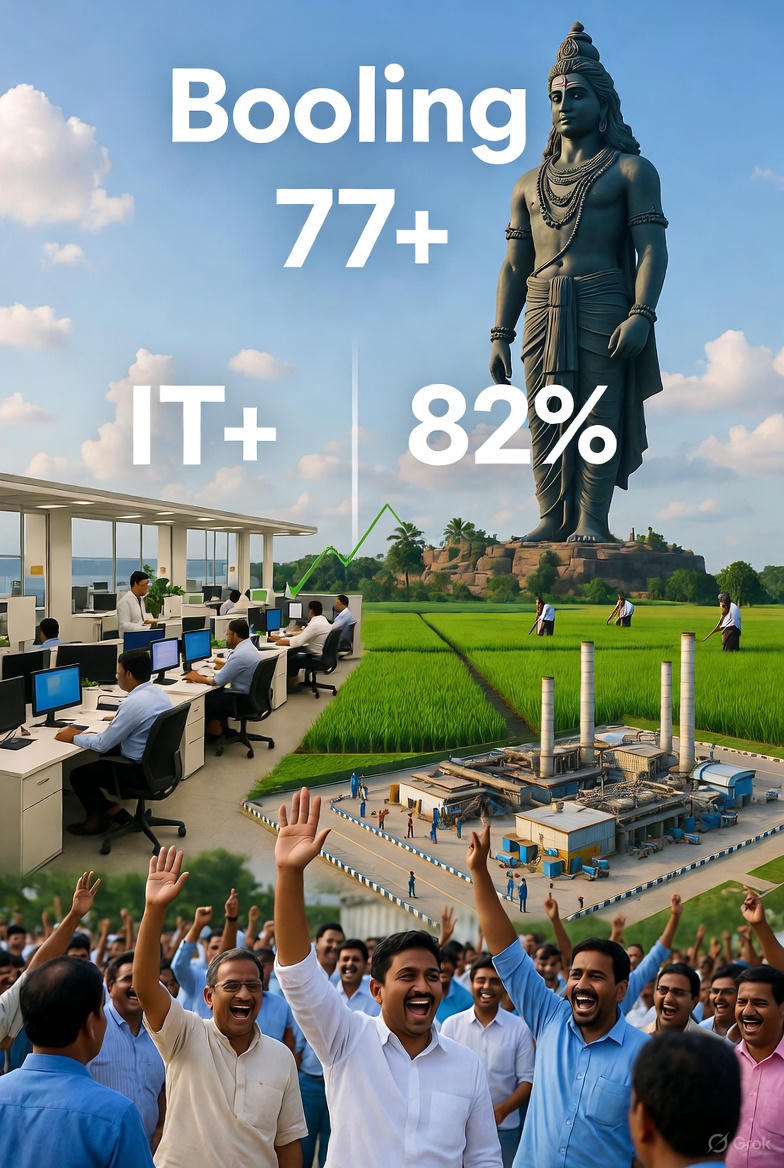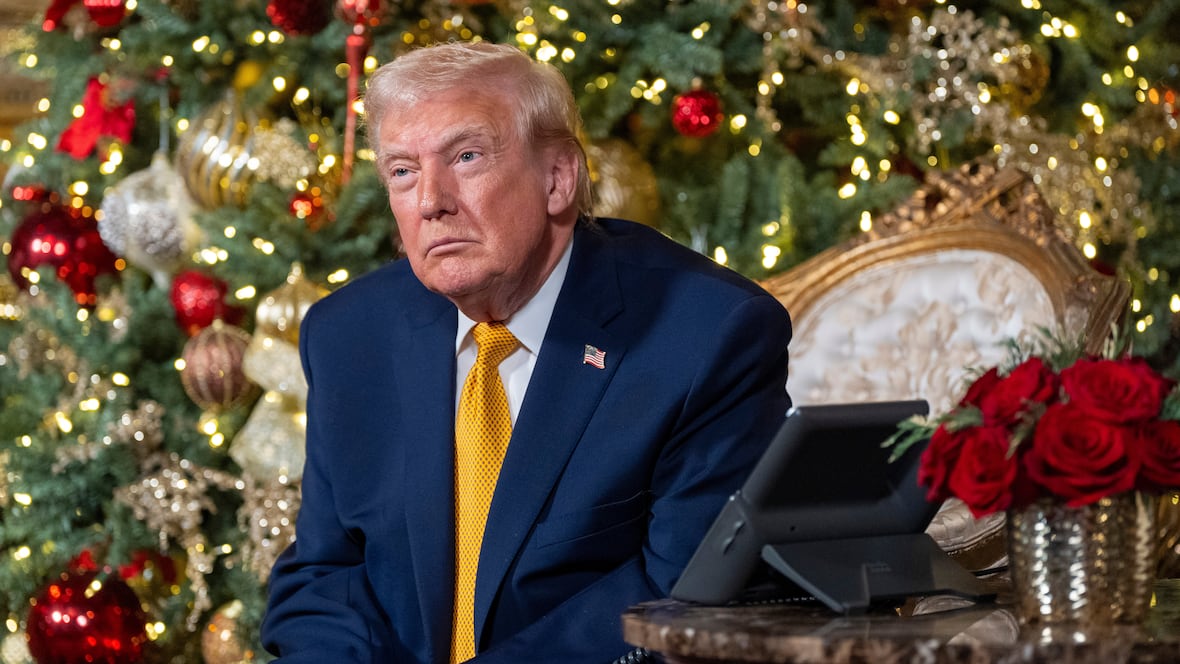By Manisha Sahu , America News World
October 14, 2025
In a dramatic escalation of the U.S.–China trade standoff, Beijing has announced the imposition of special port fees on American-owned, -operated, -flagged, or -built ships docking in Chinese ports. The measure, effective October 14, is a direct countermeasure to the United States’ decision to levy new port charges on vessels linked to China.

What the New Chinese Fee Regime Entails
China’s Ministry of Transport has laid out detailed conditions under which these fees will apply. Vessels that fall under one or more of the following categories will be subject to the charge:
Ships owned or operated by U.S. enterprises or individuals
Ships built in the United States
Ships flying the U.S. flag
Vessels where U.S. investors hold a 25% or more stake
Ships built abroad but with U.S. operational or ownership links
The initial rate is set at 400 yuan ($56) per net ton for eligible ships, with planned increases each year through 2028. The schedule is as follows:
Year Starting April 17 Fee per Net Ton (Yuan)
2025 (initial) 400 yuan
2026 640 yuan
2027 880 yuan
2028 1,120 yuan
However, to limit the immediate burden, the fees will only be applied for up to five voyages per calendar year per vessel. Further, certain exceptions are in place:
Vessels built in China are exempt
Empty ships docking solely for repair are exempt
Vessels deemed exempt under other criteria may also avoid fees
Noncompliance may lead to the ship being barred from processing entry or exit formalities at Chinese ports.
Also read:-Zelensky Cites Trump’s Gaza Peace Plan, Urges End to Ukraine War
Why China Took This Step
China frames the move as a necessary defense of its maritime interests. It accuses the U.S. of violating World Trade Organization (WTO) rules and the bilateral China–U.S. maritime transport agreement. Beijing argues that the U.S. port fees are discriminatory and harmful to fair competition in global shipping.
In its public statements, China said the new fees “safeguard the legitimate rights and interests of the Chinese shipping industry and enterprises” and maintain a “fair competition environment” in international maritime transport. Beijing also urged the U.S. to “correct its wrongdoings” and return to negotiation-based diplomacy.
Also read:-Afghanistan Claims 58 Pakistani Soldiers Killed, Captures 25 Posts in Fierce Border Clashes
U.S. Reaction and Countermeasures
The port fee imposition comes on the same day U.S. authorities began enforcing their own fee regime targeting Chinese-linked vessels—a tit-for-tat escalation in maritime trade warfare. Analysts warn the parallel measures could amplify disruption to global shipping lanes, raise freight costs, and put pressure on supply chains.
In response, President Donald Trump announced new tariffs of up to 100% on Chinese goods beginning November 1, coupled with tighter export controls on critical software technologies. These retaliatory moves signify a broader U.S. strategy to counter China’s dominance in sectors like shipbuilding, semiconductors, and rare earths.
The U.S. Treasury has openly criticized Beijing’s moves, accusing China of “trying to damage the global economy” through aggressive trade restrictions. Some U.S. commentary views China’s fees as predictable yet dangerous escalation.
Who Is Affected — And Who Isn’t
While this measure may sound sweeping, its direct impact is somewhat limited due to the relatively small percentage of global shipping associated with U.S. flags or ownership. Still, several high-profile shipping operators could see direct effects:
DHT Holdings, a tanker operator, publicly confirmed that its fleet has no U.S. links and therefore evades the new fees.
COSCO, China’s dominant shipping company, may face indirect pressure to absorb costs or redirect traffic.
Hanwha Ocean (South Korean shipbuilder) found itself caught in the crossfire: Beijing imposed sanctions on five of its U.S. subsidiaries, accusing them of aiding U.S. sanctions and investigations.
Some exceptions will soften the blow:
– Chinese-built vessels are spared
– Vessels docking for repairs without cargo are exempt
– Only up to five voyages get charged annually
– Global and Industry Implications
Shipping analysts warn that the broadened maritime taxation risks creating cost spirals. One research firm cautioned that the reciprocal port fees could distort freight routing and intensify trade friction. Higher shipping costs may trickle down into consumer prices, especially for heavy or low-margin items.
In addition, the geopolitical dimension is evident. China’s added scrutiny of U.S. firms extends beyond shipping. The country has launched an antitrust probe into Qualcomm and expanded export controls on rare earths and battery technology—a clear signal that trade tactics are intertwining with tech and security policy.
These developments raise doubts about whether planned high-level diplomatic engagements—such as a face-to-face meeting between Presidents Trump and Xi—can produce any meaningful détente.
What to Watch Next
Compliance & enforcement: Monitoring which vessels are delayed, denied entry, or fined under the new rules
Supply chain shifts: Whether carriers re-route to avoid Chinese ports or reorganize routes entirely
Diplomatic fallout: Any announcements of new negotiations or WTO dispute filings
Cost transmission: Whether higher freight charges push inflation, especially in sectors relying on heavy or bulk shipping
In sum, the new Chinese port fees mark a serious escalation in the U.S.–China economic tug of war. For global commerce, the stakes are high: shipping costs, supply chains, and diplomatic norms are all now on unstable ground.
Discover more from AMERICA NEWS WORLD
Subscribe to get the latest posts sent to your email.









































Trump Stops Speech, Invites Shehbaz Sharif to Speak - AMERICA NEWS WORLD
[…] China Imposes Retaliatory Port Fees on U.S. Ships, Escalating Trade Tensions […]